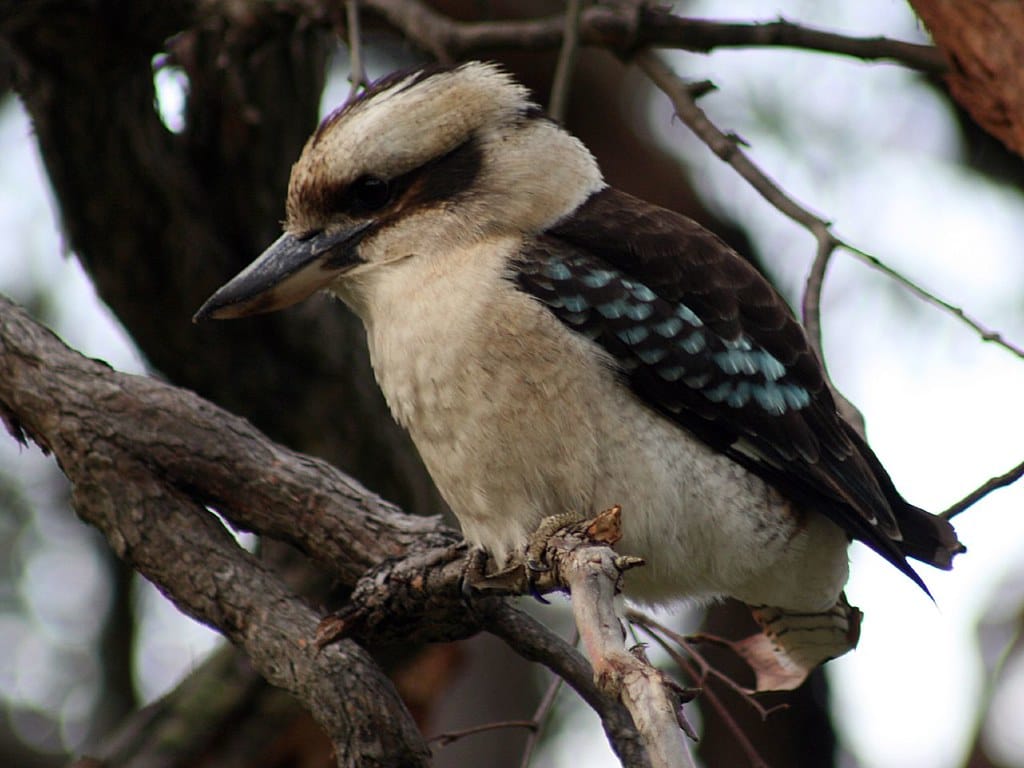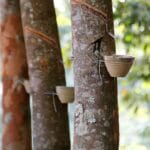Beyond the laughter: The Kookaburra song, a seemingly simple children’s tune, carries a rich history, cultural significance, and even a touch of legal controversy. This article delves into the fascinating journey of “Kookaburra Sits in the Old Gum Tree,” exploring its lyrics, origins, impact, and the surprising legal battle it sparked.
Decoding the Delightful Ditty: Lyrics and Meaning
The “Kookaburra Song,” as it’s affectionately known, boasts lyrics as simple and memorable as the Australian bush it evokes:
Kookaburra sits in the old gum tree,
Merry, merry king of the bush is he.
Laugh, Kookaburra! Laugh, Kookaburra!
Gay your life must be.
These few lines paint a vivid picture of a kookaburra perched in a eucalyptus (gum) tree, its laughter echoing through the Australian landscape. The use of “king” playfully elevates the kookaburra, highlighting its prominence in the Australian bush. The word “gay,” meaning “happy” or “carefree” in the song’s original context, has sparked debate in more recent times due to the word’s evolving meaning. Some schools and communities have even adopted alternative words like “fun” or “bright” to avoid any potential misinterpretations. This linguistic evolution offers a fascinating glimpse into how societal changes can influence the interpretation of art and culture.
From Campfire Chorus to Global Hit: The Song’s Journey
From Girl Guides to global phenomenon: Written in 1932 by Marion Sinclair, the Kookaburra song has transcended its Australian origins to become a beloved children’s classic worldwide. Originally composed for a Girl Guides jamboree, the song’s catchy melody and relatable theme quickly spread throughout Australia and beyond. Its simplicity and cheerful nature have led to translations in numerous languages, introducing children worldwide to a slice of Australian wildlife and culture.
The “Down Under” Dilemma: A Copyright Conundrum
Years later, the Kookaburra song found itself entangled in a legal wrangle. The 1980s hit “Down Under” by Men at Work featured a flute riff that bore a striking resemblance to the Kookaburra song’s melody. This led to a copyright infringement lawsuit, ultimately ruled in favor of Larrikin Music, the copyright holder of the Kookaburra song. The case sparked a complex conversation about musical inspiration versus copyright infringement, highlighting the intricacies of intellectual property in the music industry. You can discover the chilling truth behind Hitler’s reign in another fascinating article.
More Than a Melody: Cultural Impact and Legacy
Despite the controversy, “Kookaburra Sits in the Old Gum Tree” remains a cherished part of Australian identity. It evokes nostalgia, conjuring up memories of childhood sing-alongs and carefree days. Some interpret the kookaburra’s laughter as a symbol of joy and resilience, a reminder to embrace life’s simple pleasures. The gum tree, a symbol of strength and endurance, further reinforces this message. The song’s enduring appeal suggests that its universal themes of nature, joy, and simple pleasures continue to resonate with people of all ages and backgrounds.
Unanswered Questions and Ongoing Exploration
While the song’s origins and impact are well-documented, some questions remain: How did the song spread so rapidly across the globe? What inspired Marion Sinclair’s composition? What is the long-term impact of the Men at Work copyright case? Ongoing research may shed light on these questions, further enriching our understanding of this iconic Australian tune.
A Deeper Look at Marion Sinclair (1896-1988)
Marion Sinclair, the composer of this beloved tune, was more than just a songwriter; she was a dedicated teacher and musician. Her legacy extends beyond the “Kookaburra Song,” although it remains her most well-known work. Further research into Sinclair’s life and other compositions could reveal a broader picture of her musical contributions and provide valuable context to the Kookaburra song’s creation.
Variations and Adaptations Across the Globe
The “Kookaburra Song” has proven remarkably adaptable. While the core lyrics remain consistent, variations and additional verses have emerged over time. Researching these variations across different regions and cultures could offer insights into how the song has been localized and embraced by diverse communities. This exploration could also reveal how the song’s meaning has been interpreted and adapted across different cultural contexts.
By exploring these facets, we gain a deeper appreciation for the “Kookaburra Song,” a seemingly simple tune with a surprisingly complex and fascinating story. It continues to be a source of joy, debate, and ongoing exploration, reminding us of the power of music to connect us across cultures and generations.
- Revolution Space: Disruptive Ion Propulsion Transforming Satellites - April 24, 2025
- Race Through Space: Fun Family Game for Kids - April 24, 2025
- Unlocking the Universe: reading about stars 6th grade Guide - April 24, 2025
















